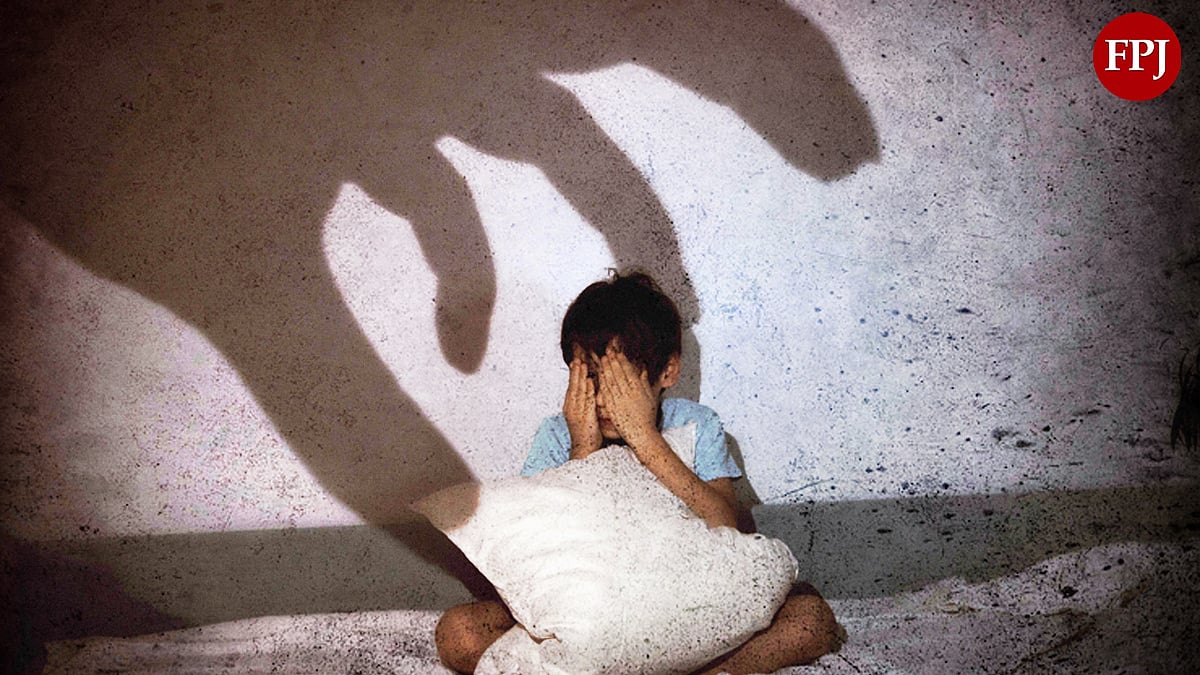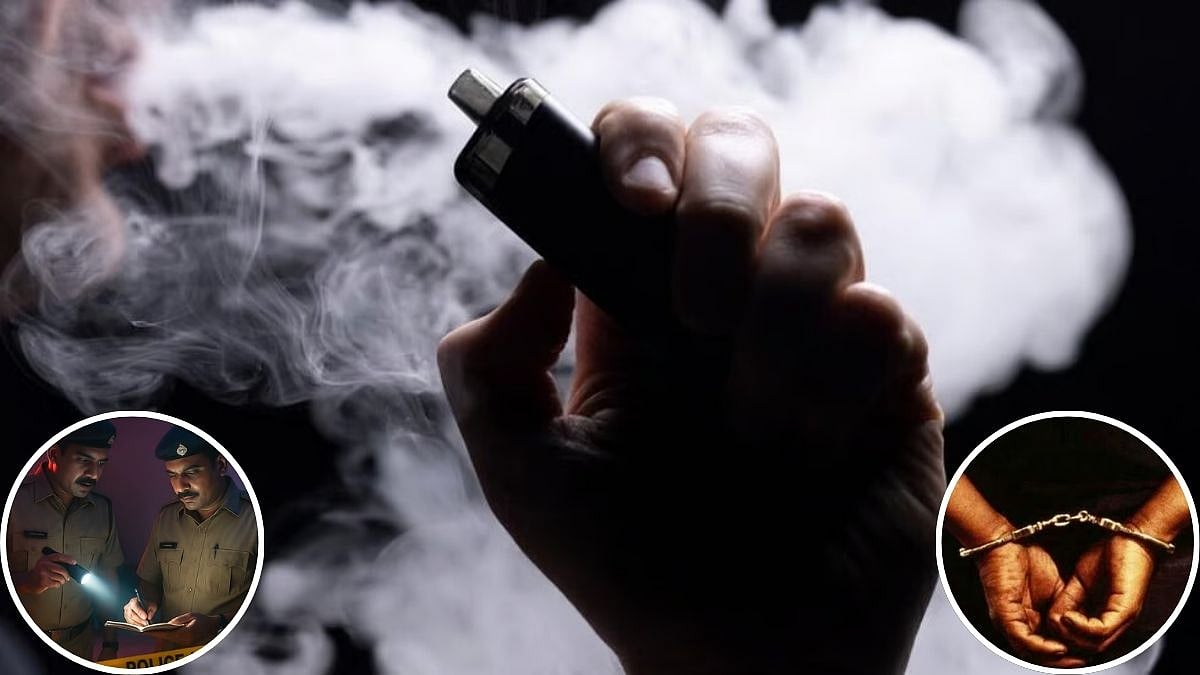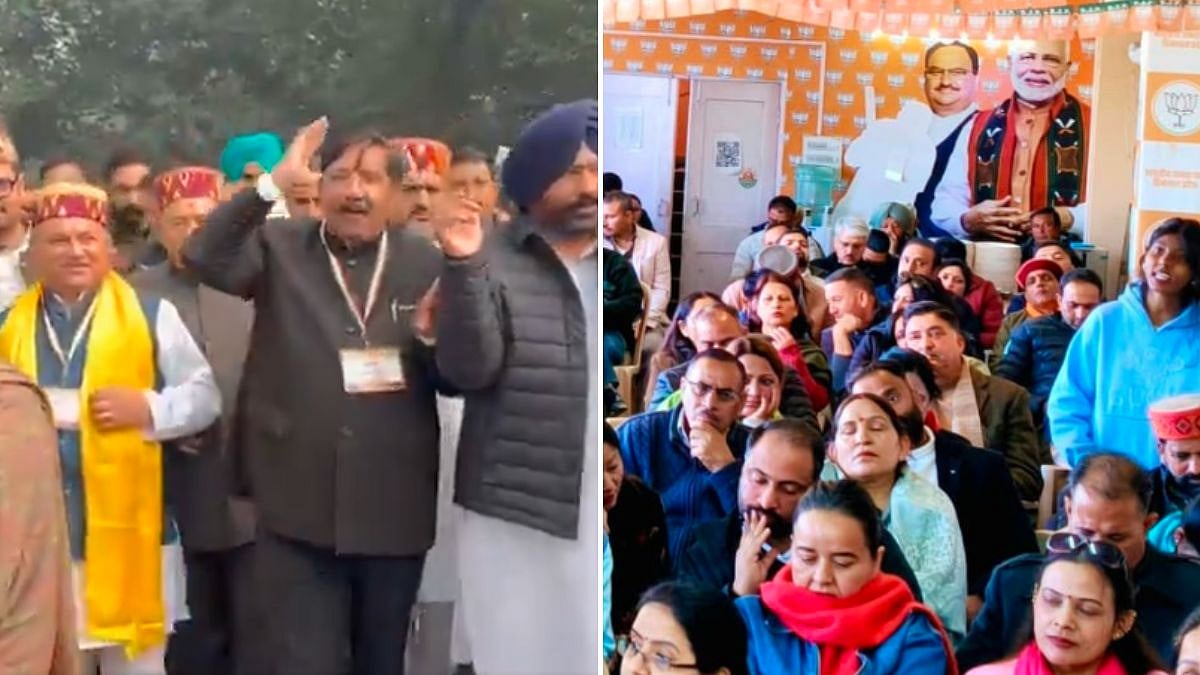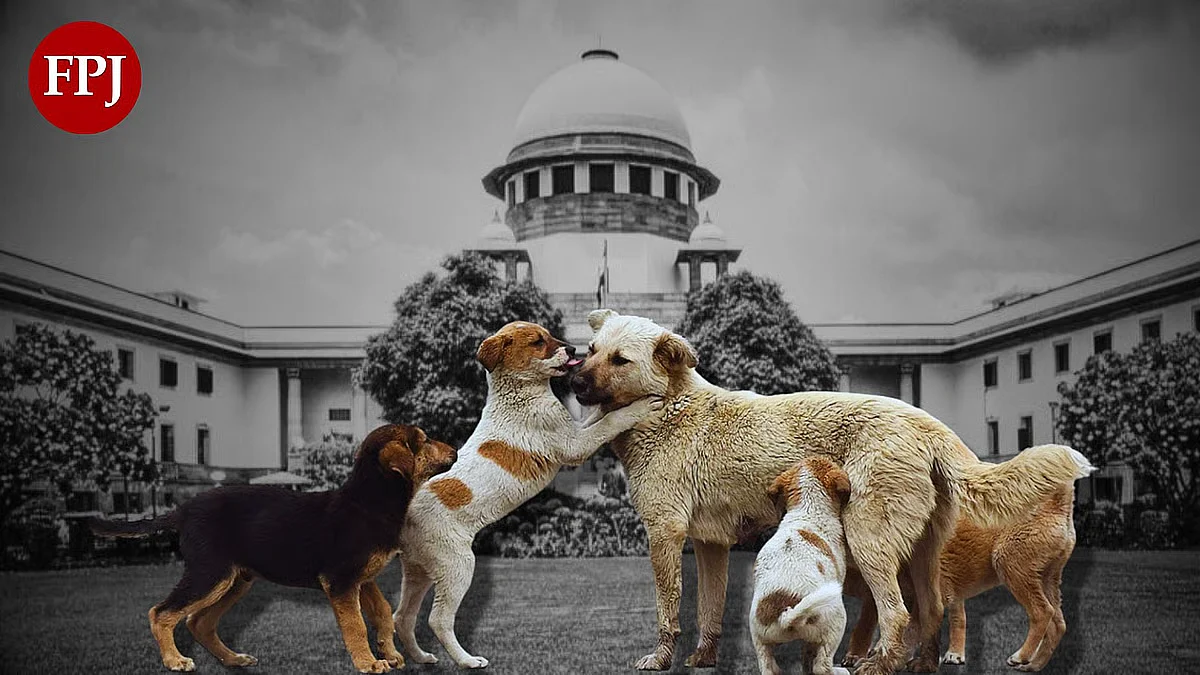Last week, there was a show of a play called Pink Sari Revolution, directed by London-based Suba Das, written by Purva Naresh, based on the book by Amana Fontanella-Khan. Made one wonder whatever happened to Sampat Pal, the leader of the Gulabi Gang, whose vigilante group of pink-sari clad women in Uttar Pradesh, had so captured the imagination, that two documentaries (by Kim Longinotto and Nishtha Jain) were made on her, also a feature film (by Soumik Sen, starring Madhuri Dixit), two books and several newspaper and magazine stories.
There are other women’s groups and NGOs working for the welfare of underprivileged women, but Gulabi Gang made for exciting and colourful (literally—that sea of bright pink) material. Sampat Pal belongs to one of the most backward and patriarchal regions of the country, where rural women have no presence and no voice. Violence, especially against lower-caste women, is rampant. This is the region from where ‘Bandit Queen’ Phoolan Devi emerged as a fiery outlaw against upper caste domination.
She was raped and paraded nude in her village, in revenge for which she killed twenty-one upper caste men and formed a dacoit gang. Later, she became a member of parliament, and was shot dead outside her home in Delhi. Bundelkhand is the place notorious for bandits; as a character in the play says, violence is in the soil.
So when Sampat Pal fought back, it was with violence. Like many other rural women, she was married at twelve to an older man, had five children, and could have been like any other woman behind a ghunghat, but for her rebellious streak and leadership qualities. Along with social activist Jai Prakash Shivhare (the play suggests an affair between the two), she and a few other women formed the Gulabi Gang in 2006.
She actually managed to gather women together, and they started carrying lathis to beat up men who committed rape or domestic violence. After some early success, she took on the rank of commander in chief and appointed district commanders across seven districts in Bundelkhand.
She would travel across villages, meet women and mete out her form of instant justice. Once her organisation has 20,000 (40,000 according to another account), the Gulabi Gang thought up innovative ways to get their work done, like planting trees in potholes to get the road repaired, landing up with dogs outside a police station to get the cops’ attention to a case, locking up men in a local electricity office because they shut off power to demand bribes.
Obviously, her methods were questioned even by those who appreciated the results; she had criminal charges against her, including unlawful assembly and rioting. She soon became a darling of the media, and was smart enough to inform the reporters about where the Gulabi Gang were going to land up next. The play focuses on a case of the rape a Dalit teenager, Sheelu Nishad, by a politician, Purushottam Dwivedi, after which she was thrown into jail on a trumped up charge of theft.
Even though the girl herself refused help from Sampat Pal, she insisted on trying to rescue her, and took on the might of Dwivedi and the local cops, sure that the media would be on her side. Her own group, Shivhare in particular, resented this grabbing of power and media spotlight by Sampat Pal, who pushed the gang into the background. It does seem as if she did get too publicity-hungry and autocratic, quite enamoured of her own image and ‘stardom.’
Her standing for elections (once as an independent, twice on a Congress ticket in the UP assembly polls (which she lost) seemed like a natural step up, but what could explain her participating in Bigg Boss? In 2014, Shivhare expelled her from the Gulabi Gang, for financial irregularities and for putting her own interests before those of the group. The play is also critical of Sampat Pal for her modus operandi and bossiness, but those were the traits that put her on a pedestal, and once she was up there, it was as if a woman did not deserve it and had to be pulled down.
Her real or perceived misdeeds, were not very different what from men in power do, but aggression is admired in men, not in women. The playwright, Purva Naresh, said in a discussion following the show, that they did not want to turn her into a hero, and focus only on her positives. But if she wasn’t a hero to begin with, why would there be so much interest in her and all that documentation on her life and work?
In an ideal world, violence and vigilantism have to be deplored, but in a place where women are so brutally oppressed, are a few knocks on the perpetrators’ heads or shaming them in front of the community such a bad thing? Her means may be questionable, but not her achievement in getting women out of purdah to demand justice.
The fact that the Gulabi Gang did not become a nationwide movement is more to do with social unease over women grabbing power than Sampat Pal’s fall from grace. She was a respected leader, but as a failed politician, interest in her has automatically waned.
The Gulabi Gang still exists, it has a website that states in an introduction dotted with errors, “The Gulabi Gang is an International Women Welfare Organization Which is Formed by Jointly Jaipraksh Shivhare, Suman Singh Chauhan, Mitthu Devi, Sampat Devi Pal and Hemlata Patel in The Banda District of Uttarpradesh in India. The Motto of Gulabi Gang Work Upon Females Relief like Family Dispute, Dowry Cases, Domestic Violence, Rigid Caste Division Rape Cases ETC Here in This Organization wearing Costume is Pink Saris, Gulabi Gang is very famous in all over World.
There are many Books in world wide Which is written upon Gulabi Gang. This Gang is only for Women, and also famous as an idle (sic) icon for women.” No matter what happened to her, women in India need more heroes like Sampat Pal. Why was pink chosen as the colour of the Gang—because it is the colour of the sky before a storm.
Deepa Gahlot is a Mumbai based columnist, critic and author.









